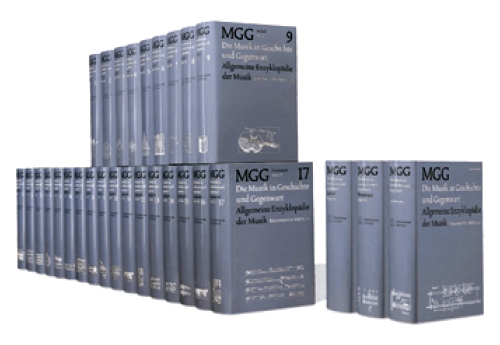On 23 June 2015 a group of distinguished academics and editors gathered in New York City for a conference organized by the International Association of Music Libraries, Archives and Documentation Centers (IAML) and the International Musicological Society (IMS). The panel “Referencing music in the twenty-first century: Encyclopedias of the past, present, and future” was chaired by RILM’s own Tina Frühauf.
The fruits of the three-hour double panel, which focused on encyclopedias, historiography, and music research in the digital age, are now available in printed form: Fontes artis musicae invited Dr. Frühauf to serve as guest editor and write the introduction for the July-September 2016 issue, which presents the conference papers. The table of contents is here.
Below, an excerpt from the conference discussion.










